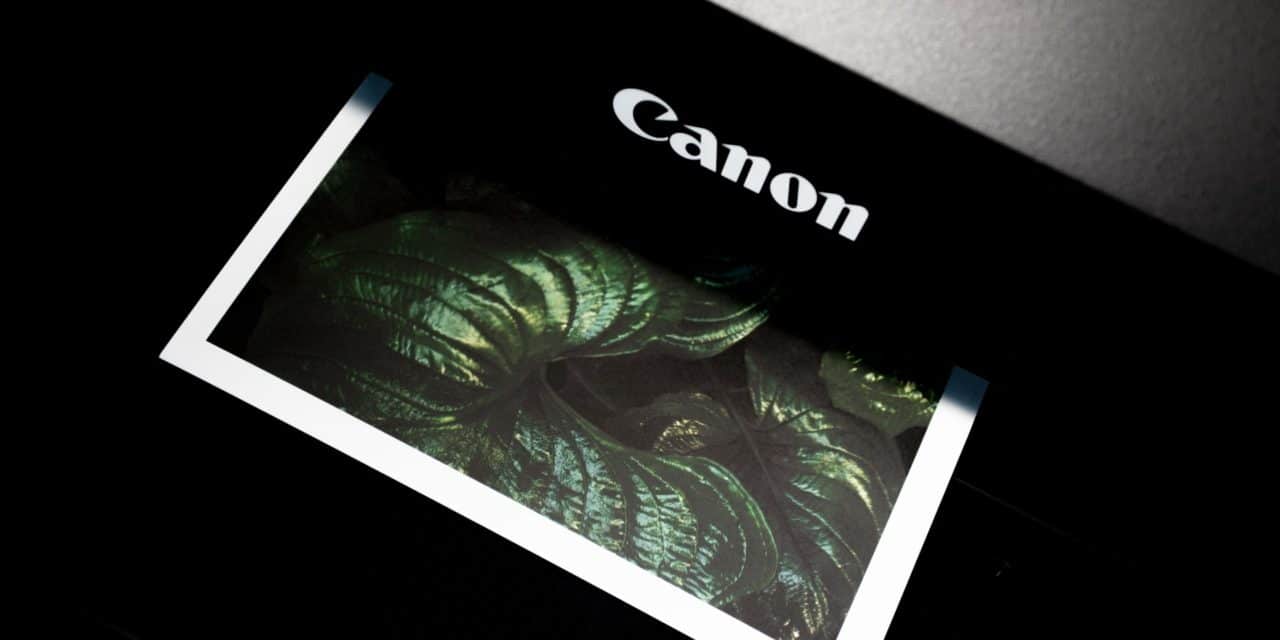[ad_1]
Litho printing, also referred to as lithography or planography is a type of printing that works on the basic concept that water and oil are immiscible liquids. Here, the areas of image and non-image are on a single surface unlike in the case of intaglio and relief printing where they are on different levels, the image area being higher than the base non-image area. Lithography is considered as a traditional and definitive means of approaching high-capacity printing.
The high-quality results of litho printing stem from a unique and complex operational process that begins with the coating of a light-sensitive emulsion coating on the printing plate. Transferring the image onto the plate is done in several ways. One technique is placing the film on the plate and then exposing it to light. The second way of doing this is using machines that expose the plate using lasers. In either case, there takes place a detailed formation of the negative of the picture that needs to be printed. Next, the emulsion that was coated in the first step is released and thus a positive image of the picture gets imprinted. The unexposed areas are then removed on treatment with chemicals.
Litho printing is the most unrestrictive and versatile process of printing today. It is the first choice among artists as it allows them the freedom to use any kind of medium- pens, oils, pencils, crayons, etc and be able to create artwork having the same impact.
Commercially, the application of lithography works differently where instead of a stone plate, metal plates are used. The mounting of metal plates on litho presses is relatively much easier and this factor has made litho printing viable for mass production. For commercial application, litho printing takes the form of photolithographic printing where a photo negative of the image to be printed is placed on a paper coated with gelatin and exposed to light. The areas where the gelatin is exposed to light becomes insoluble while the remaining areas are left soluble. The soluble areas are then washed away and the image that has to be printed is inked and transmitted to the plate. Lithography has vast scope commercially and can be applied in a number of ways.
Litho printing works out as the best and cheapest choice in printing if a large number of prints are needed. Here, the printing plate once made, cannot be edited. These printers cannot be used for any kind of digital printing where computers are involved. They are used by commercial printers mainly for the purpose of quality.

